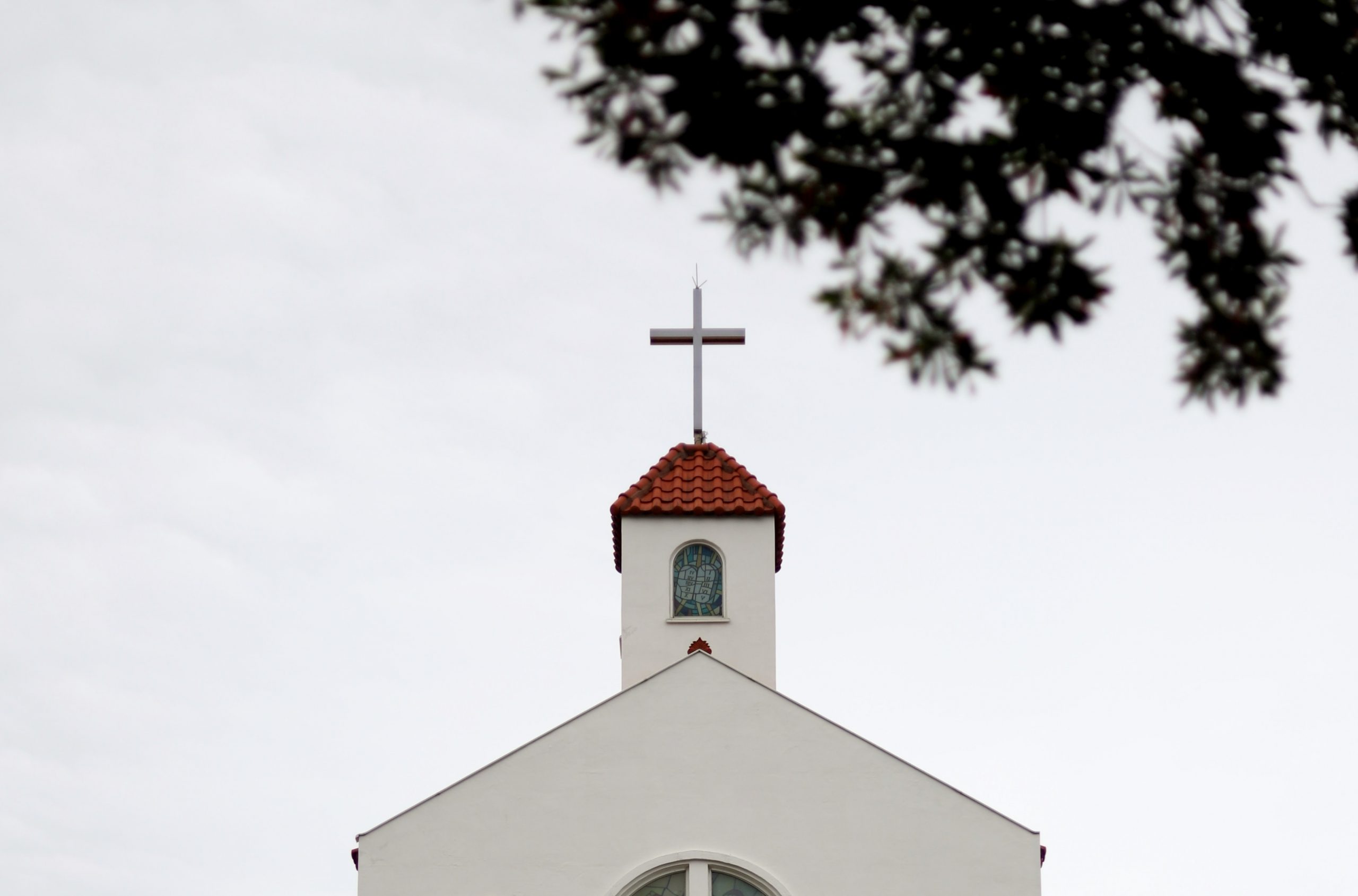A Church Not Forsaken

This series was first published in January 2019. -ed.
Christ’s departure from this planet was not a departure from His church. He promised His disciples before He ascended to heaven, “I am with you always” (Matthew 28:20). And in spite of the scandal, compromise corruption, and rebellion that often threatens to overrun the church, Christ’s promise still stands. No matter how dire the situation might appear, Christ has not abandoned His church.
When the apostle John later encountered the glorified Christ on Patmos, the Lord chose to manifest His glory and pull back the curtain on His ongoing work in the church. There were no meaningless details included. Everything John saw helped illuminate Christ’s continual presence and activity in His church—work that continues to this day.
John begins the description of his vision in Revelation 1:9. Rather than asserting his apostolic authority, he humbly identifies himself as “your brother and fellow partaker in the tribulation and kingdom and perseverance which are in Jesus.” As a redeemed man, he’s in the kingdom. His faith has endured, so he is marked by perseverance. But he’s in the midst of persecution, living in exile “because of the word of God and the testimony of Jesus.” It is a high crime to preach the gospel. By now, all the other apostles are dead. Believers are being hunted down and killed. Worst of all, the church is defecting from the truth, abandoning the faithful teaching that John and the apostles delivered to them. It’s a bleak time in the life of the church. That likely made John’s vision all the more stunning.
He continues,
I was in the Spirit on the Lord’s day, and I heard behind me a loud voice like the sound of a trumpet, saying, “Write in a book what you see, and send it to the seven churches: to Ephesus and to Smyrna and to Pergamum and to Thyatira and to Sardis and to Philadelphia and to Laodicea.”
Then I turned to see the voice that was speaking with me. And having turned I saw seven golden lampstands; and in the middle of the lampstands I saw one like a son of man, clothed in a robe reaching to the feet, and girded across His chest with a golden sash. His head and His hair were white like white wool, like snow; and His eyes were like a flame of fire. His feet were like burnished bronze, when it has been made to glow in a furnace, and His voice was like the sound of many waters. In His right hand He held seven stars, and out of His mouth came a sharp two-edged sword; and His face was like the sun shining in its strength.
When I saw Him, I fell at His feet like a dead man. And He placed His right hand on me, saying, “Do not be afraid; I am the first and the last, and the living One; and I was dead, and behold, I am alive forevermore, and I have the keys of death and of Hades. Therefore write the things which you have seen, and the things which are, and the things which will take place after these things. As for the mystery of the seven stars which you saw in My right hand, and the seven golden lampstands: the seven stars are the angels of the seven churches, and the seven lampstands are the seven churches. (Revelation 1:10–20)
All the elements of John’s vision carry powerful doctrinal implications for the church’s relationship with Christ, its head. No other text of Scripture offers such vivid and comprehensive insight into what the Lord is doing in His church—not only in the congregations of Asia Minor, but throughout the entire history of the body of Christ.
In the days ahead we’re going to examine different aspects of John’s stunning vision and what they reveal about Christ’s ongoing work in His church—beginning with the Lord’s trumpet-like voice.





